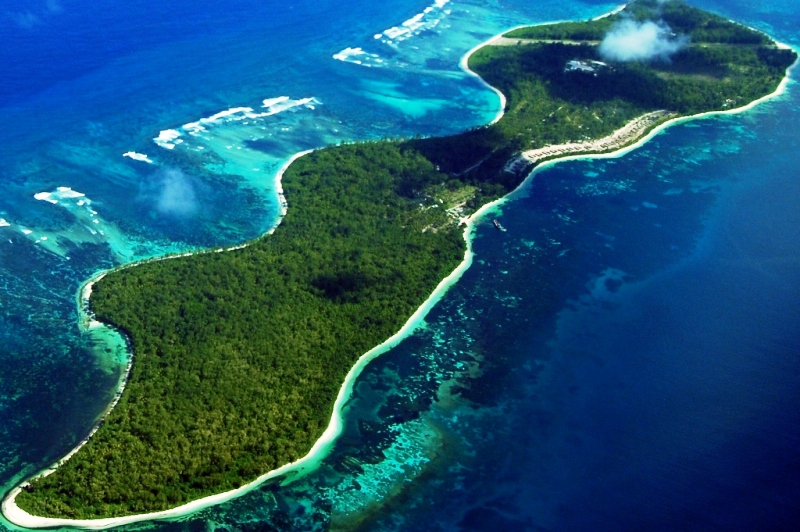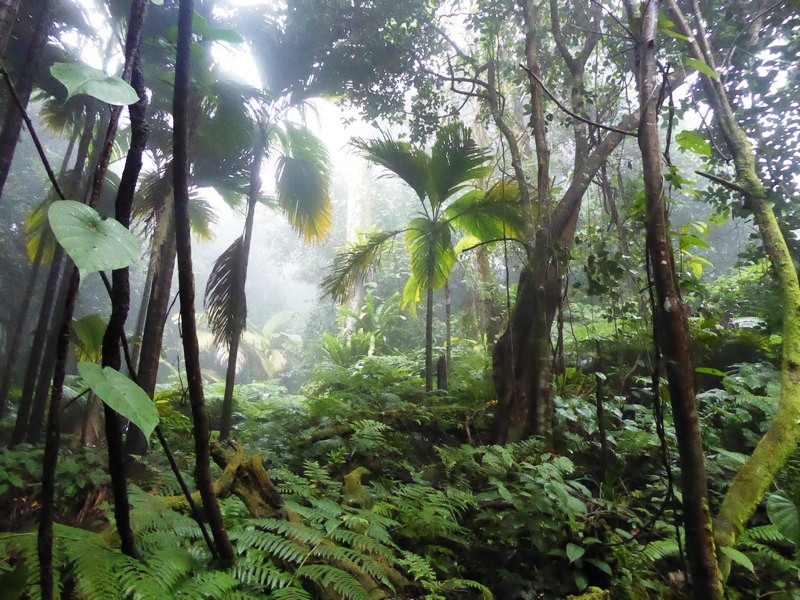Pest abatement and biosecurity training |17 July 2017
Protecting our island endemics from alien invasive species
The Seychelles islands are home to some amazing species found nowhere else in the world. These include the elusive cockroach on Desroches, the spine-tingling scorpion on Fregate, the curious flightless rail on Aldabra and the glorious Wright’s gardenia on Aride. To protect these treasures of nature, it is important to set up biosecurity measures to prevent the introduction of alien invasive species (AIS) that could threaten our island endemics.
In June 2017, the GOS-UNDP-GEF Outer island Project in collaboration with Island Conservation Society Critical Ecosystem Partnership Fund (CEPF) project, and the National Biosecurity Agency (NBA) organised a two-day training session for conservation officers of various NGOs and other government agencies. Training was facilitated by James Millet and Wilna Accouche, both having extensive experience and knowledge of biosecurity. While the focus was on identifying practical ways to reduce the risk of AIS reaching nature reserves on our largely unpopulated islands, the lessons learnt can also be applied to protected areas on Mahé, Praslin and La Digue.
Biosecurity is a strategic and integrated approach that encompasses the policy and regulatory frameworks for analysing and managing relevant biological risks to human, animal and plant life, as well as the associated risks to the environment, the economy and public health. In the past, the focus has tended to be on the agriculture sector, but with the appearance of the hairy caterpillar and black fungus gnat, public health has been brought to the forefront. With the increased vigilance and awareness of introduced pests, it has also become clear that the natural environment and individual species can also become threatened, as is the case of the Black Parrot and its nemesis the Ring-necked parakeet.
In addition to learning how to identify agricultural pests and other AIS, participants learned about the importance of identifying their respective pathways and appropriate biosecurity measures. For example, Fregate island was rat free until 1995, when brown rats where accidentally introduced with construction material for the hotel development. These threatened the Magpie Robin (Copsychus sechellarum), the giant tenebrionid beetle (Polposipus herculeanus) and the terrestrial snail (Pachnodus fregatensis) and other native species. Initial pest abatement measures were in vain as the rats,  although still in small numbers, had spread widely across the island. As the rat population grew, they began to run out of food in the forest and were more inclined to take rodenticide from bait traps placed strategically around the Resort. By 2000, Fregate Island, at great cost, was once again rat free. Today, a strict biosecurity plan is in place to prevent re-infestation of rats and other pests that may threaten the restored forest that surround the eco-resort.
although still in small numbers, had spread widely across the island. As the rat population grew, they began to run out of food in the forest and were more inclined to take rodenticide from bait traps placed strategically around the Resort. By 2000, Fregate Island, at great cost, was once again rat free. Today, a strict biosecurity plan is in place to prevent re-infestation of rats and other pests that may threaten the restored forest that surround the eco-resort.
C.J. Havemann, who implements a similar biosecurity plan on North island, said: “The training provided a great refresher and an opportunity to share experiences with other conservation professionals fighting to keep their islands safe from alien invaders”.
The Seychelles Islands Foundation (SIF) has been working closely with the Islands Development Company (IDC) to set up appropriate biosecurity measures to protect the Aldabra World Heritage site from AIS.
“This is a good networking opportunity to discuss shared concerns and opportunities for strengthening existing partnerships, and creating new ones,” said Christina Quanz from SIF.
Development of Pest Abatement/Biosecurity protocols for the outer islands and capacity building of IDC, NGOs, private sector and government staff was developed and funded under the GOS-UNDP-GEF Outer Islands project – ‘Expansion and strengthening of the protected area subsystem of the outer islands of Seychelles and its integration into the broader land and seascape’. The project aims to promote the conservation and sustainable use of terrestrial and marine biodiversity in the Seychelles’ outer islands by expanding the protected areas system and strengthening protected area management, supported by broad-scale ecosystem planning and sustainable land management activities to conserve ecosystem functions.
For more information on the projects, please visit:
http://www.pcusey.sc/index.php/pcu-projects/ongoing/141-oi-project http://www.islandconservationseychelles.com/gos-undp-gef-outer-islands-project.html

It is important to set up biosecurity measures to prevent the introduction of alien invasive species (AIS) that could threaten endemics found on our inner and outer islands (photo credit IDC and Teesha Baboorun)

Contributed by GOS-UNDP-GEF Outer Islands Project




